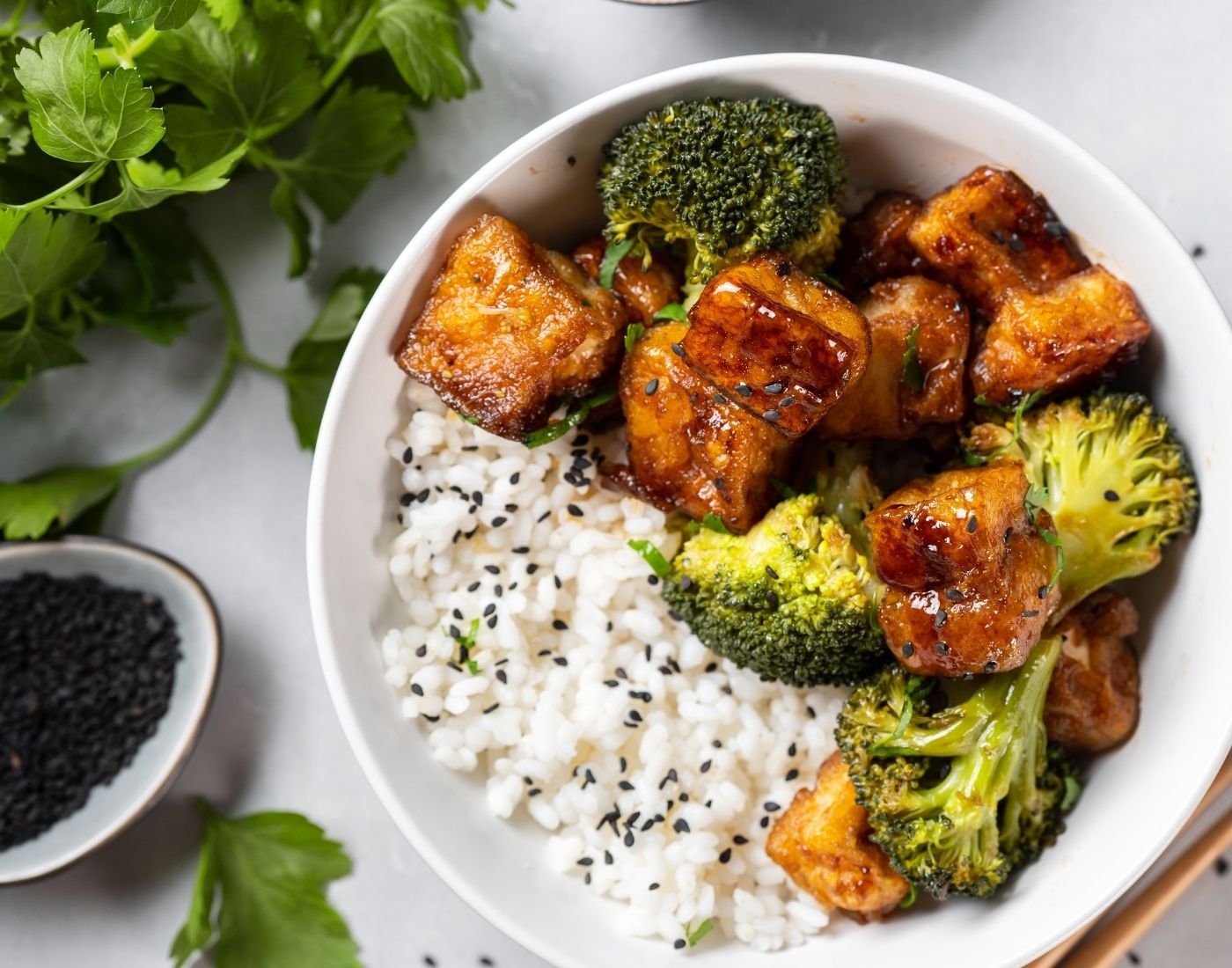It’s important to ensure your plate has a balance of the different food groups.
Portion size is also key to creating a healthy plate.
A healthy plate includes a variety of foods in the right proportions, to provide the nutrients your body needs

It’s important to ensure your plate has a balance of the different food groups.
Portion size is also key to creating a healthy plate.
Choose a variety of different foods from each of the groups to help you get the wide range of nutrients your body needs to stay healthy and work properly.
Basing your meals around starchy foods and fruit and vegetables is a healthy approach to making up your plate.
Starchy foods such as rice, pasta or potatoes should make up around one third of the food you eat each day. The amount of starchy foods you need can depend on lots of things, such as the type of meal and what you have eaten the rest of the day. If you're more active, your body might require slightly more starchy foods for energy.
Fruit and vegetables should make up over a third of the food we eat each day. You should be aiming to eat at least 5 portions of fruit and vegetables every day.
It’s important to include a variety of fruit and vegetables on your plate, to ensure you are getting the nutrients you need. Fresh, tinned and frozen fruit and vegetables are all healthy choices. A great way to increase your daily portions of fruit and vegetables is to have at least one portion with each meal.
One portion is 80g of fresh, tinned or frozen fruit and vegetables. Below are some examples to help you towards your 5 a day:
Fruit juice and smoothies do count towards your five a day, but these should be unsweetened and limited to one small glass (150ml) per day. It is best to drink fruit juice with a meal rather than on its own, as this can help reduce the risk of tooth decay.
Most meals should have some protein, usually from beans, pulses, eggs, fish, meat or meat substitutes. If you're active or trying to build muscle, you may need a bit more protein — but most people in Scotland get enough through their daily diet.
Meat can be a part of a healthy balanced diet, but more people are choosing to eat less meat, adding variety with other protein sources.
Beans and pulses, like lentils or chickpeas, are high in protein and fibre, whilst being low in fat - one 80g portion counts towards your 5 a day. Where you normally use meat, like in a curry or pasta dish, you can use less by adding beans and pulses instead.
Lentils or other pulses can be bought pre-cooked and ready to use in a tin. Other vegetable-based sources of protein include tofu, bean curd and mycoprotein. Meat substitutes products can be good sources of protein and can often conveniently be cooked straight from frozen- however, they are sometimes high in fat and salt, so make sure to check the label.
Eggs are great as a main source of protein, such as in a salad, sandwich or stir-fry.
A healthy, balanced diet should include at least two portions of sustainably sourced fish per week. This should include one oily fish (such as mackerel or salmon), with one portion being around 140g - fresh, frozen and tinned all count, but those tinned in brine can be high in salt.
Oily fish contain omega-3 fatty acids which keep our hearts healthy and are a good source of vitamins A and D. Some oily fish contain low levels of pollutants that can build up in the body:
Eating leaner cuts, trimming off any visible fat and removing the skin can make meat healthier. We should try to limit the amount of red (such as beef, lamb, venison and pork) and processed (such as bacon, sausages, ham and burgers) meat we eat. Generally, we should aim to eat no more than 70g of red and processed meat a day.
Learn more about reducing your red and red processed meat intake as part of sustainable eating, or look at our advice on following a vegetarian or vegan diet.
Dairy and non-dairy alternative products are an important source of many nutrients such as calcium, which is important for our bone health. Lower fat versions include pasteurised semi-skimmed and skimmed milk, reduced fat soured cream, reduced fat crème fraiche, single cream (instead of double), lower fat cheese and natural yogurt.
Healthier ways to include these foods in your diet include:
Some fat in our diet is essential but most of us eat too much. Plant-based oils like vegetable, rapeseed and olive oil are rich in unsaturated fat, so they can help lower cholesterol and reduce the risk of heart disease. Lower fat unsaturated spreads are a good alternative to butter. Learn more about fats and a healthy diet.
A meal often doesn’t feel complete without a sprinkle of cheese on your pasta, or a dollop or two of sour cream with your chilli or fajitas. Those added extras can be enjoyed in a healthier way by making small changes:
While it is best to limit these types of foods, if you do choose to have them, they are best eaten in smaller amounts. This can feel difficult as they taste good and can be very appealing.
The body constantly loses fluid through breathing, sweating or going to the toilet and therefore this needs to be replaced. Aim to drink 6-8 glasses of fluid each day to help keep your body hydrated. Water, lower fat pasteurised milk, tea and coffee are good options. Although water is best, if you're having sweetened drinks, pouring these into a glass rather than drinking straight from the bottle or can help you keep track of how much you’re having.
Alcohol is high in calories, and the calorie content is often further increased when mixed with sugary drinks. This can contribute to excessive calorie intake and elevate the risk of weight gain, obesity, and other health issues. To minimise the health risks associated with drinking alcohol, consumption should be limited to no more than 14 units per week for men and women.

The Eatwell Guide helps us eat a healthy, balanced diet with plenty of fruit, vegetables and starchy carbohydrates plus some dairy, meat, fish, pulses and other kinds of protein. It shows the proportions of the foods and drinks that make up a healthy diet. Use the Eatwell Guide to help you stay at a healthy weight, which will lower your risk of getting ill. It also has important advice about staying hydrated.
It can sometimes be difficult to understand how our food relates to healthy eating advice, as our meals are often a mixture of foods from different groups. Our Eatwell Everyday resource is an example of how the different food groups and all the recommendations for a healthy balanced diet can be combined into a week’s meal plan.